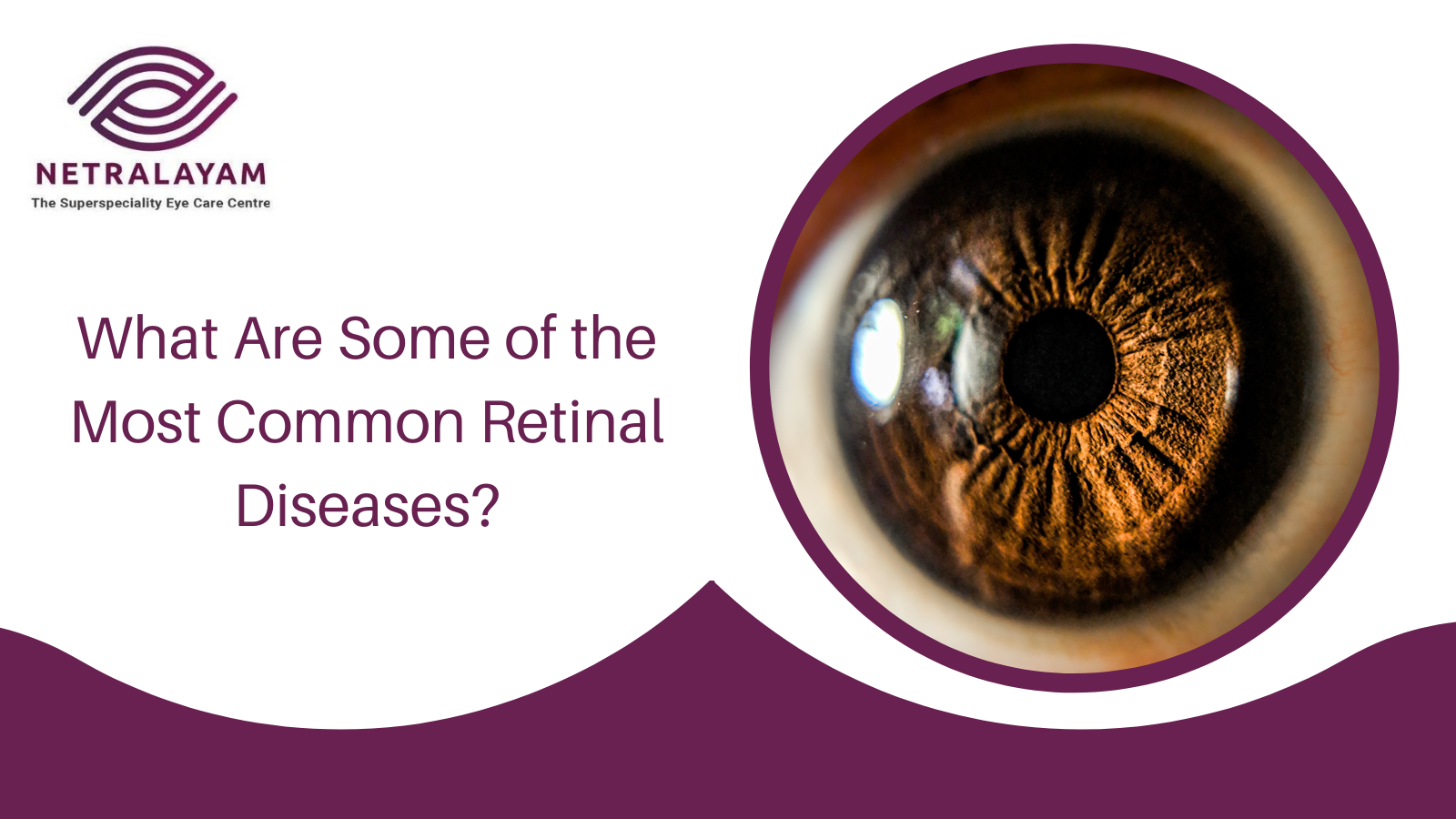Committed to Eye Care with Compassion, Technology and Competency
Committed to Eye Care with Compassion, Technology and Competency

11/7/2021
The retina is a thin tissue layer at the back of your eye whose function is to sense light and send images to your brain. The macula is in the center of the retina and provides the central and sharp vision needed for activities like driving, reading, etc. The retina also contains millions of light-sensitive cells referred to as rods and cones, along with nerve cells that accept and consolidate visual information. The retinal disorder can affect the retina, which, in turn, can affect the vision to the point of blindness.
This medical condition is indicated by the presence of fluid that’s found below the retina. When the fluid passes through a retinal tear, it causes the retina to pull away from the underlying tissue layers. This leads to retinal detachment.
Symptoms
This problem occurs when the vitreous (clear and gel-like substance) shrinks and pulls on the retina while the retinal holes develop due to progressive thinning of the retina. These retinal holes are small and have a lower risk of causing a retinal detachment.
Symptoms
The Epiretinal Membrane (ERM) is a delicate membrane or scar that’s similar to a tissue. It appears similar to a crumpled cellophane lying on top of the retina. This tugs on the retina and may cause retinal swelling, which can distort or blur the vision. Furthermore, you may develop new and abnormal capillaries that will break and bleed, and this can cause more damage to the vision.
Symptoms
It is an eye disease caused by diabetes. High blood sugar levels can cause damage to the blood vessels present in the retina that can lead to swelling and leaking of fluid. In some cases, new and abnormal blood vessels grow on the retina. These, in turn, can break and bleed and cause further harm to the vision.
Symptoms
It is a small defect present in the center of the retina at the back of the eye. A macular hole can develop due to the abnormal traction between the vitreous and the retina. It may also occur due to an injury to the eye.
Symptoms
Age-related Macular Degeneration (AMD) is a retinal condition that occurs when the macula (part of the retina) is damaged. It is a very common retinal disease and is a leading cause of vision loss in people 50 years or older.
Symptoms
See Also: 7 Things to Know About Retinal Diseases
Shrinking abnormal blood vessels
The scatter laser photocoagulation technique is used to shrink all the abnormal new blood vessels that are either bleeding or at the risk of bleeding into the eye. This treatment is useful for those with diabetic retinopathy.
Retinal surgery can help repair a retinal hole or tear. A laser is used to heat small pinpoints on the retina that creates scarring. This will bind the retina to the underlying tissue. Such treatment reduces the chance of causing a retinal detachment.
Also known as pneumatic retinopexy, this technique is used to help repair certain types of retinal detachment. It can also be combined with laser photocoagulation or cryopexy.
This is also known as cryopexy. Here, the surgeon will apply a freezing probe to the external wall of the eye to treat a retinal tear. The intense icy sensation spreads to the internal portion of the eye and freezes the retina. Later, this treated area will scar and secure the retina to the wall of the eye.
Also known as vitrectomy, this technique is used to remove the gel-like fluid that fills the inside of the eye (vitreous), followed by injecting gas, air, or liquid into the space.
See Also: How to Improve Your Vision and Effectively Decrease Eye Strain
Treatment options are available for some retinal conditions. Your treatment is determined by your condition. Getting timely treatment for your retinal disease can stop the disease or slow it down. It can also aim to reverse the damage, improve your vision, restore it, or preserve it. So if you are facing symptoms of retinal problems, get medical help immediately.
See Also: Vitreo-Retinal Services
If you’re someone looking for “retina treatment in Kolkata” or “eye hospital in Kolkata,” we at Netralayam offer the best and highly successful eye treatment options at reasonable prices. Contact our medical team to book an appointment with an eye surgeon now!
Comments are closed
